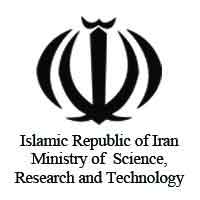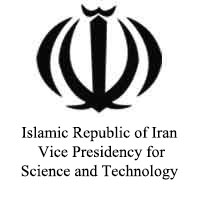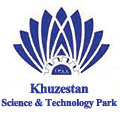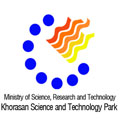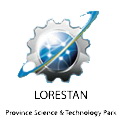|
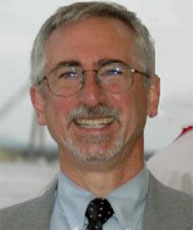
Professor Fred Phillips
Professor and Program Chair of the State University of New York
|
Technology Management in the Creative Economy: The key role of combinatorics
Abstract
Governments’ new initiatives for creativity and innovation coincide with a movement of technology management toward recombination. Innovation by recombination includes technology fusion (bringing together advances in diverse disciplines), designing business models by disassembling value chains and reassembling them in more efficient form, product design methods such as TRIZ, and “literature-based discovery.” This movement will make the distinction between technology-leader and technology-follower countries less important; It will further decentralize true innovation activity.
This talk will bring together the ways in which combinatorics produce innovation, and will touch on several current research streams that are pertinent to it. It will provide clues for policy formation for regional innovation systems and S&T parks.
|
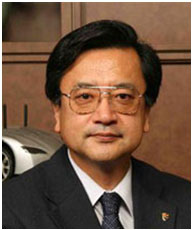
Professor Hirohisa Uchida
ASPA Chairperson
Professor of Schools of Engineering, Tokai University (TU)
President and CEO Kanagawa Science Park Inc.(KSP)
|
Hydrogen Technology towards Commercialization in Japan
Abstract
Since the serious natural and nuclear disasters took place in Fukushima on March 2011, Japan has been facing a turning point of the energy policy. The Japanese government decided to spread renewable energy (RE) and commercialize hydrogen technologies such as stationary and mobile fuel cell systems. Active tackling on the new energy technology by both government and industry seems to be inducing innovations in business and society in Japan. This paper reviews the Japan’s energy policy, and recent movement in the R&D of renewable energy and hydrogen energy which are shifting to actual commercialization in Japan |
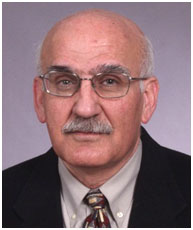
Professor MunirNayfeh
Professor of University of Illinois
President of NanoSi Advanced Technologies, Inc.
|
How to create arenas and environments for bridging academic innovation and commercialization in modern economies
Abstract
It has been recognized that research at academic and government laboratories constitutes the foundation of development in the Western World. It has not however been straightforward to transfer this research to industry, which rendered a large volume of generated knowledge, patents or IP with little direct impact; depriving society from their benefits. Speedy commercialization processes have been hampered by all sides of the equation alike: the researcher, institution, industry, and the government. Some of the impeding factors involve cultural barriers while others involve lack of organization, constraint of institutional missions and public policy.
The last decade however witnessed several novel developments including (i) considerable cultural change, with all sides showing interest in commercialization; (ii) the emergence of nano, advanced material, information, and bio technologies which have proven to be effective exciting bridges between science and commercialization; (iii) the rise of modern high tech science parks and incubators as pivotal environments, and (iiii) the emergence of the digital revolution which allowed fast storage and retrieval of information.
In this talk, we will touch on how these developments catalyzed inventive means to bridge innovative research and commercialization. The operational steps adopted to fund and facilitate the process by the university; the science parks; private business; local city governments; and the state and federal governments will be briefly outlined. Finally, from a researcher point of view, I will touch on my own experience in commercialization of nano tech advanced material and devices during the agonizing era of transformation, transformation in which the university changed from hostile to supporter of commercialization.
Read More ê
|

Professor Martti Launonen
Chairman of the Board and Chief Advisor, Hubconcepts Inc.
|
Innovation Management in Conceptual Age
Abstract
Governments all around the world are studying the new, emerging innovation activity trends and innovation creation mechanisms in search for up-to-date policy direction and tools to support their national economies. The focus has been shifted gradually from science and technology (S&T) policies to more comprehensive innovation policies. Hubconcepts Innovation Hub Framework advocates a multidisciplinary ecosystem development approach, where all the necessary innovation ecosystem elements are being planned coherently. The key elements identified are: innovation policy foundation, infrastructure and service structure, education system, R&D activities, micro-cluster programs, test environments, incubation environments and private sector activities. It is noted that each element represents a significant development task of its own, but only as a combination they can produce the true ecosystem.
Daniel H. Pink’s book, A Whole New Mind, conveys new ideology of the 21st century worker. Pink’s major focus lies in the transition from the Information age to the conceptual age of the 21st century. He articulates these specific skills of success for the conceptual age worker as design, story, symphony, empathy, play, and meaning.
Accordingly, it is advocated that STP management, in the conceptual age, must combine the development of both physical and perceptual settings for innovation activities. The focus should be put on building a mutually complementing setting of functional (hardware) and emotional (software) elements, which support readily the cross-sectorial innovation processes. The STP ecosystem must be designed as one, mutually complementing system and, then, steered like an orchestra, which brings together matching talent from various sectors, to create joint innovation outcomes. It is important to embrace the mechanisms for the shared value creation and leave room for unexpected outcomes. The story, empathy and meaning are all in the core to build the emotional context and commitment to the shared innovation processes.
Read More ê
|
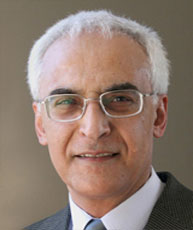
Professor Darius Mahdjoubi
Innovation, Creativity and Capital (IC2) Institute, University of Texas at Austin, USA
|
Paradigms of Innovation
Abstract
This paper argues that the R&D-driven model of innovation, which has acted as a default model for technology development, should be considered as just one approach along with four other Paradigms of Innovation. The five major Paradigms of Innovation are suggested to be: 1. Semi-Systematic (Trial and Error) Innovation: Represented by the steam engine. 2. Systematic Invention: Represented by electricity and the light bulb. 3. Research and Development –R&D: Represented by the A-bomb, rockets and mainframe computers. 4. Technology and Customer Innovation - T&C: Represented by personal computers. 5. User-Created Contents: Represented by Linux, E-Bay, Wikipedia, You-Tube, My-Space, Face-book, etc.
What makes the Paradigms of Innovation distinct and practical is that it broadens the scope of technological innovation beyond being R&D-driven, and links patterns of innovation with industry sectors or types. For instance pharmaceutical, bio-medical, nanotech and semiconductor industries predominantly follow the R&D paradigm of innovation. The software development industry commonly follows the T&C (Technology and Customer) Paradigms of Innovation. Recent emergence of “user generated content” businesses, such as Linux, Wikipedia, You- Tube, Face-book, and My-Space, is consistent with the emerging paradigm of Integrative Innovation. Unlike Scientific Paradigms, in which a new paradigm displaces an older one, Paradigms of Innovation are not mutually exclusive and co-exist, but in different industries. Different types of industries follow distinct paradigms of innovation. A better understanding of the specific paradigm of innovation that is applicable to a given industry and how the paradigm impacts the pattern of development of 39 the industry provide better insights and perspectives for executives, managers and policy makers as well as entrepreneurs. Managers in different types of industries benefit from recognizing the type of paradigm of innovation that is most applicable to their industry. Following a paradigm of innovation that is not consistent with a given type of industry may have negative consequences.
Read More ê
|
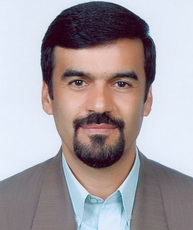
Professor Mostafa Karimian Eghbal
Director of Technology Affairs
Ministry of Science, Research and Technology
|
Evolution of Science and Technology Parks in Iran
Abstract
Science and technology parks (STPs) and incubators have developed differently in different regions of the world. International conferences and workshops and wealth of information about this subject, have been influential in bringing people and ideas closer together. But at the same time, local environment in different countries have influenced the development of STPs and incubators, thus different models are observed in each region. The objective of this paper is to explore the path that STPs and incubators have taken in Iran and how local environment has influenced their development.
There has been a shift in paradigm about the definition and function of STPs in Iran. The idea of Science Parks in Iran has its root in 1990s, when Isfahan Science and Technology Town (ISTT) was established based on similar experiences in Japan (Tsukuba Science City) and South Korea (Daeduck Science Town). However, in the late 90s smaller size organizations requiring less investment, such as science parks and incubators, attracted more attention among experts and government officials. As of today, 33 science parks have been established and they are at different stage of development. The number of incubators in Iran has reached 150 so far. Since incubators require less investment and they play a great role in supporting entrepreneurs, they have gained greater acceptance and support, especially from local and provincial governments.
Officials in the government, especially in the Ministry of Science, Research and Technology (MSRT), have been emphasizing on the role of technology and innovation in development policies and promoting a knowledge-based economy. MSRT has changed its structure and mission in order to promote technological development and to enhance the role of universities and scientific organizations in the development plans of Iran. MSRT has been in charge of implementing policies for development of STPs and incubators. ISTT, affiliated to MSRT, was the base organization pioneering in development of operational models suited best for local environment.
In recent years prestigious universities in several cities, especially in Tehran, and also industry sectors have also become interested to establish their own science and technology parks. It is evident that these universities and industry sectors follow specific objectives for establishing their own STPs, which may differ to some degree with the objectives of already established science parks. The idea of Science and Technology Corridors has also gained some attention in Iran, especially in larger cities of Iran including Tehran, Mashhad, Isfahan and Tabriz. STPs in these large metropolitan areas can play a key role in the regional innovation systems.
Read More ê
|

















